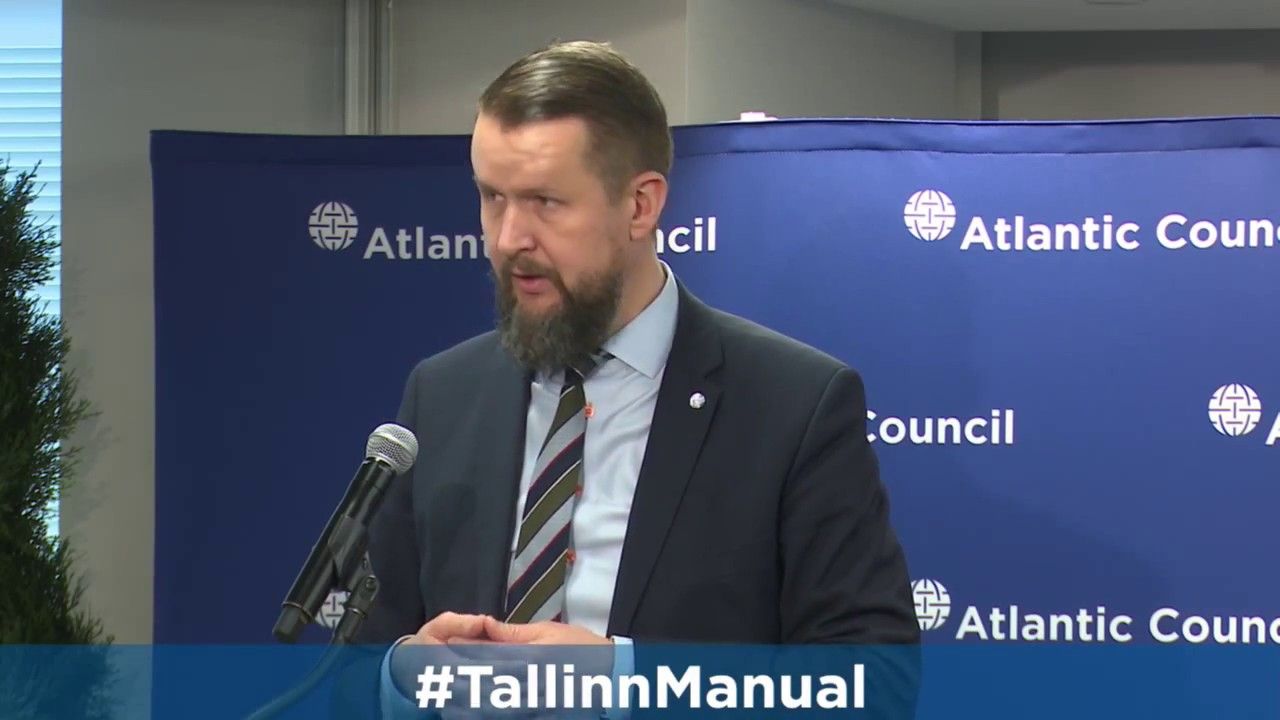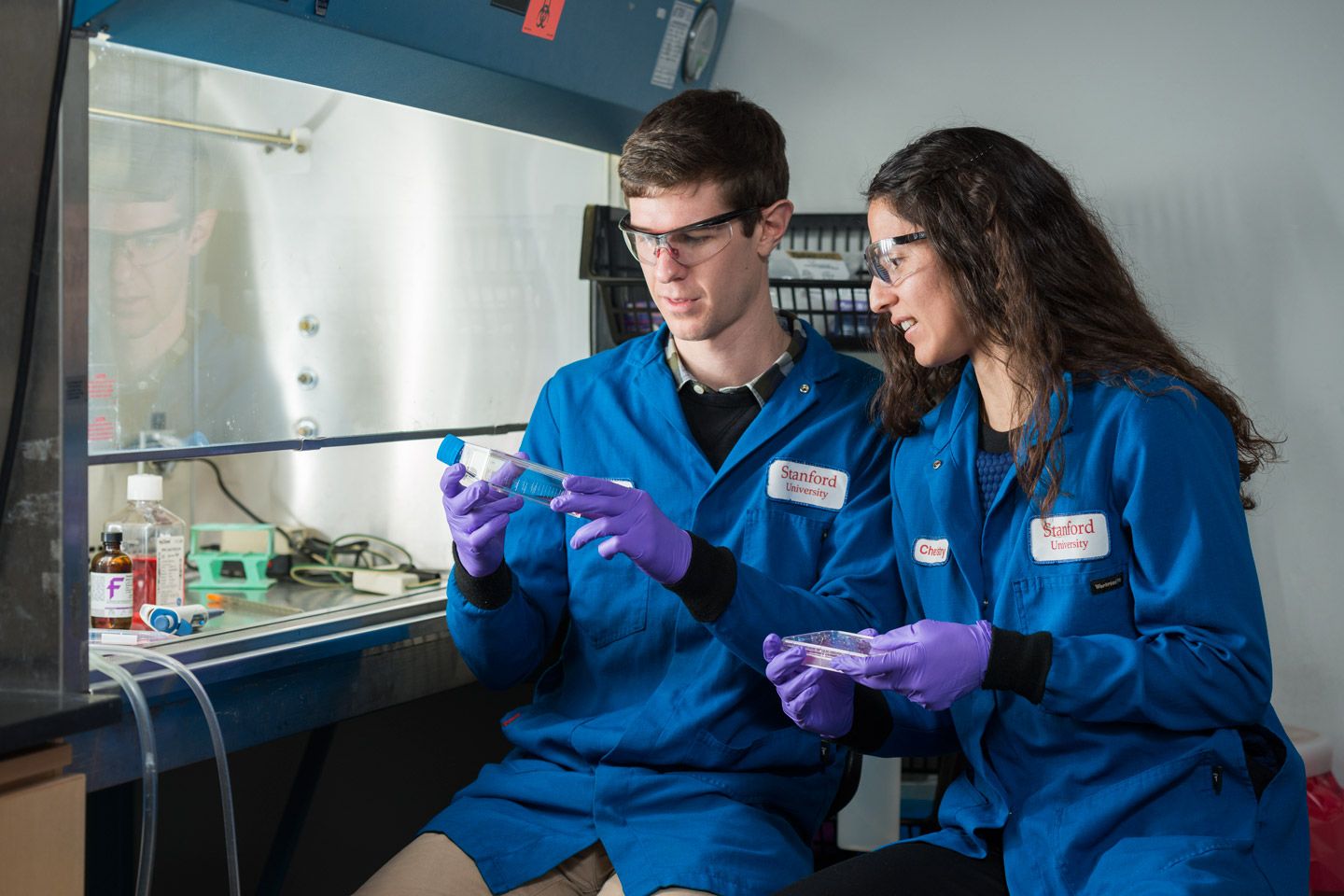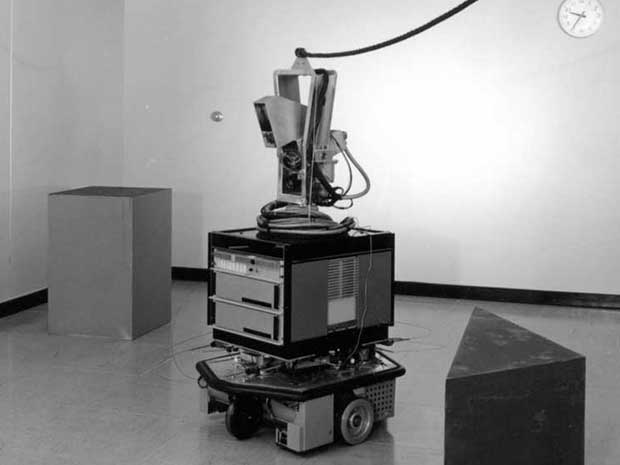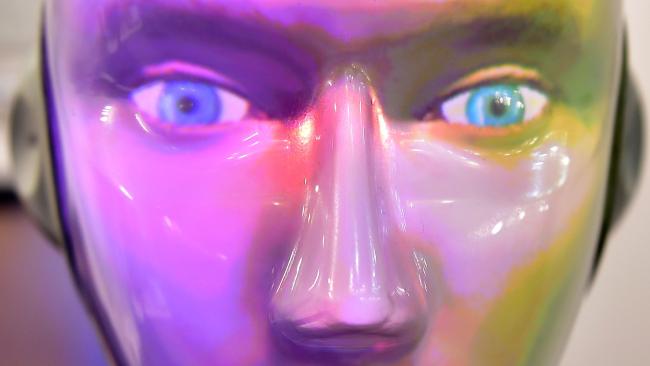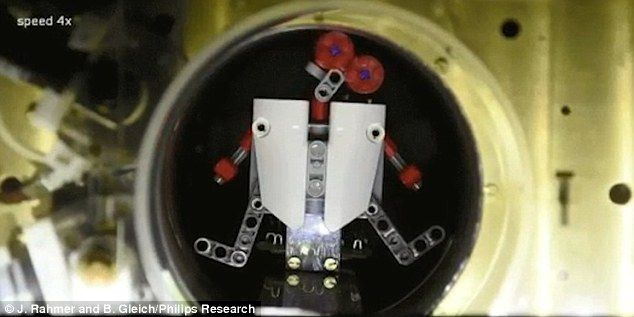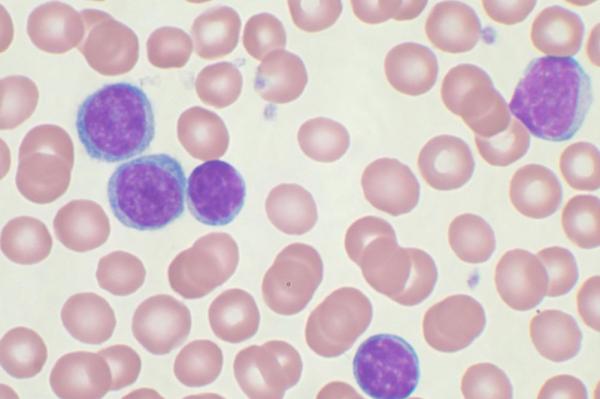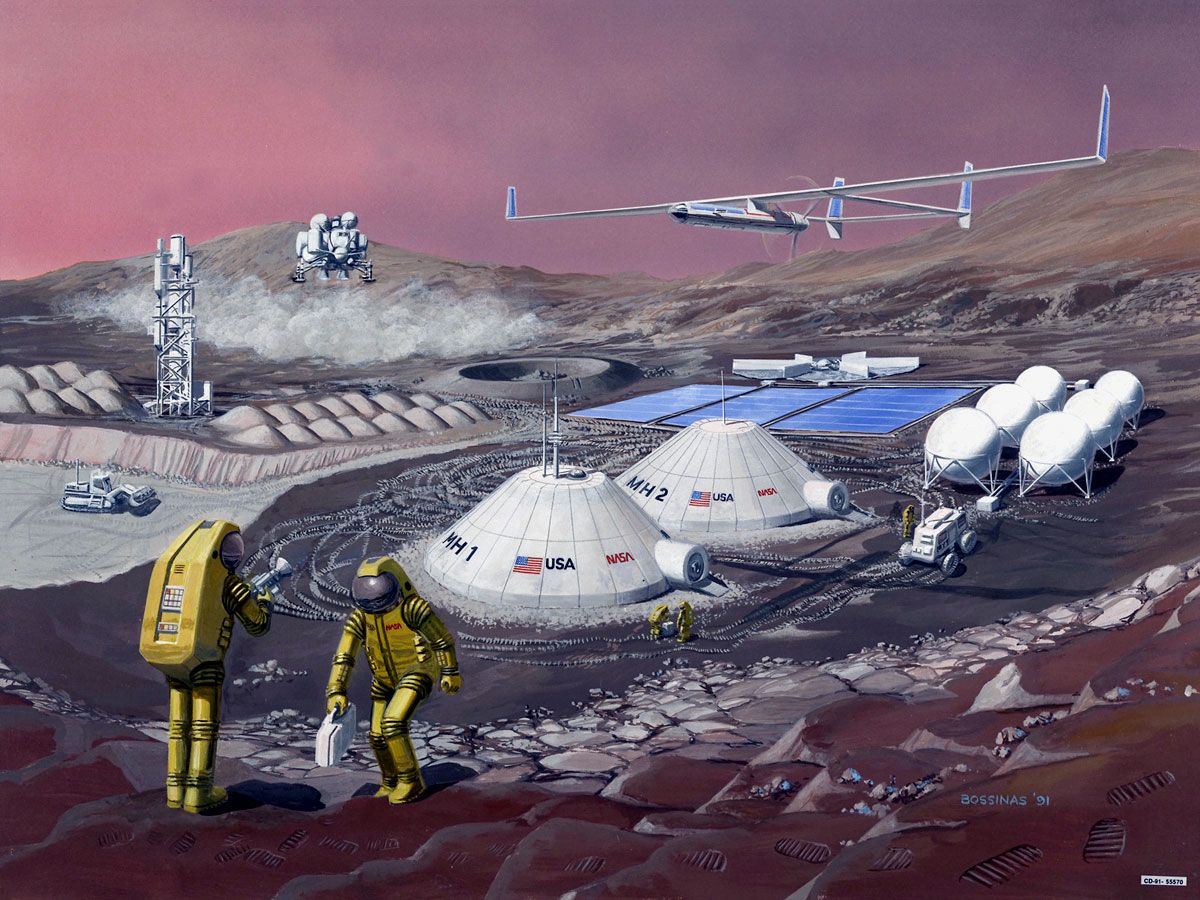Page 10523
Feb 17, 2017
New AI Can Write and Rewrite Its Own Code to Increase Its Intelligence
Posted by Klaus Baldauf in category: robotics/AI
Feb 16, 2017
Scientists Are About to Switch on a Telescope That Could Photograph a Black Hole’s Event Horizon
Posted by Andreas Matt in category: cosmology
Black holes are among the most fascinating objects in the known Universe. But despite the fact that they’re suspected to lurk at the centre of most galaxies, the reality is that no one has ever been able to actually photograph one.
That’s because black holes, as their name implies, are very, very dark. They’re so massive that they irreversibly consume everything that crosses their event horizon, including light, making them impossible to photograph. But that could be about to change, when a new telescope network switches on in April this year.
Called the Event Horizon Telescope, the new device is made up of a network of radio receivers located across the planet, including at the South Pole, in the US, Chile, and the French alps.
Feb 16, 2017
In a possible step forward for gene therapy, researchers made mice glow like fireflies
Posted by Karen Hurst in category: biotech/medical
The old joke in the US Natl. Labs is if you worked at ORNL, you glowed at night. Looks like DARPA has found a safer way to do it.
Timothy Blake, a postdoctoral fellow in the Waymouth lab, was hard at work on a fantastical interdisciplinary experiment. He and his fellow researchers were refining compounds that would carry instructions for assembling the protein that makes fireflies light up and deliver them into the cells of an anesthetized mouse. If their technique worked, the mouse would glow in the dark.
Not only did the mouse glow, but it also later woke up and ran around, completely unaware of the complex series of events that had just taken place within its body. Blake said it was the most exciting day of his life.
Feb 16, 2017
Straight Out of Sci-Fi, Shakey Was the First Mobile Robot Built With AI
Posted by Karen Hurst in category: robotics/AI
Feb 16, 2017
Scientists create fleshy robots with living cells
Posted by Karen Hurst in categories: 3D printing, robotics/AI
More on the new bio-robots.
SCIENTISTS have created flesh-like mini-robots that can move when they detect light.
The fleet of walking “bio-bots” are powered using muscle cells and controlled using electrical and optical pulses.
Continue reading “Scientists create fleshy robots with living cells” »
Feb 16, 2017
Robots could be injected into the body to fight cancer
Posted by Karen Hurst in categories: biotech/medical, robotics/AI
We have stated this for a while; time to make it commercially available.
Our bodies are full of immune cells that circle around the blood, ready to see off any invaders.
And soon they could be getting a helping hand from tiny disease-fighting robots.
Continue reading “Robots could be injected into the body to fight cancer” »
Feb 16, 2017
Study finds targeting biological clock in cells slows cancer
Posted by Karen Hurst in categories: biotech/medical, health, neuroscience
Nice. My friend Alex Zhavoronkov will appreciate this article.
Feb. 16 (UPI) — Researchers at McGill University in Montreal have found that targeting the internal circadian or biological clock of cancer cells can affect growth.
Most cells in the human body have an internal clock that sets a rhythm for activities of organs depending on the time of day. However, this internal clock in cancer cells does not function at all or malfunctions.
Continue reading “Study finds targeting biological clock in cells slows cancer” »
Feb 16, 2017
All inherited diseases including cancer ‘could be cured in the next 20 years’
Posted by Karen Hurst in categories: biotech/medical, genetics, quantum physics
Definitely yes on gene mutations; however, those where the disease has already appeared, or cancer that has occurred before will require another form of eradication/ prevention. And, that is where Quantum Biosystem technology will be effective in eliminating disease.
ALL inherited diseases could be cured within 20 years, a leading British expert claims.
It includes eradicating life-limiting conditions such as cystic fibrosis and Huntington’s disease.
Continue reading “All inherited diseases including cancer ‘could be cured in the next 20 years’” »
Feb 16, 2017
NASA Selects Proposals for First Space Technology Research Institutes
Posted by Klaus Baldauf in categories: engineering, space
NASA has selected proposals for the creation of two multi-disciplinary, university-led research institutes that will focus on the development of technologies critical to extending human presence deeper into our solar system.
The new Space Technology Research Institutes (STRIs) created under these proposals will bring together researchers from various disciplines and organizations to collaborate on the advancement of cutting-edge technologies in bio-manufacturing and space infrastructure, with the goal of creating and maximizing Earth-independent, self-sustaining exploration mission capabilities.
“NASA is establishing STRIs to research and exploit cutting-edge advances in technology with the potential for revolutionary impact on future aerospace capabilities,” said Steve Jurczyk, associate administrator for NASA’s Space Technology Mission Directorate in Washington. “These university-led, multi-disciplinary research programs promote the synthesis of science, engineering and other disciplines to achieve specific research objectives with credible expected outcomes within five years. At the same time, these institutes will expand the U.S. talent base in areas of research and development with broader applications beyond aerospace.”
Continue reading “NASA Selects Proposals for First Space Technology Research Institutes” »
